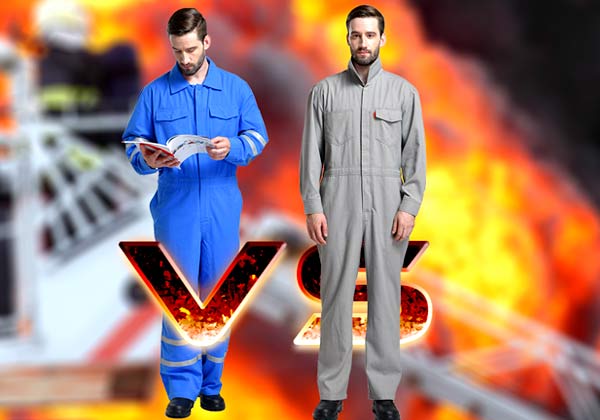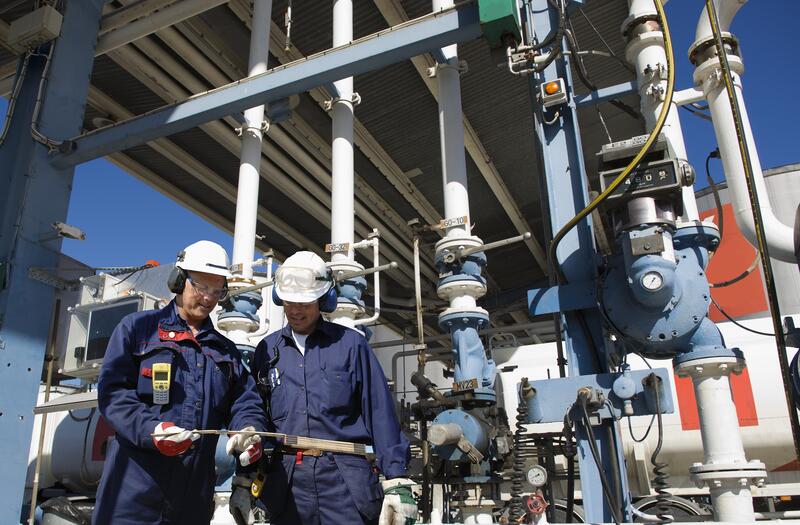FR coveralls or AR coveralls?
Have you ever had to purchase FR coveralls? Many employees in the oil and gas industry have to wear them on a regular basis. It’s standard uniform for many companies. Employers are responsible for providing them to their workers.
But with so many options to choose from, finding the right coverall can be difficult. You have to understand the exact hazards your employees are exposed to. You also have to compare things like comfort and durability. But the first step is to understand the difference Between AR and FR clothing.
Coverall Use: AR or FR?
AR: Arc-Rated
The purpose of AR clothing is to protect workers from electrical arc flash hazards. Arc flash is a sudden, violent release of heat and energy. It happens when there’s a fault with electrical equipment.
Electricians often need to wear AR coveralls. They have the highest potential to be affected by arc flash hazards. AR clothing helps to protect these workers. The coveralls are built to resist ignition. They won’t burn or catch fire.
FR: Flame-Resistant
FR clothing is designed to protect workers from fire-related hazards. FR clothing doesn't resist ignition like AR clothing does. FR will catch fire if exposed. But it's designed to self-extinguish. So it won't continue to burn after the Initial event.
The Difference
AR and FR clothing are very similar. The difference is that AR clothing gives you a higher level of protection. All AR clothing is flame-resistant. But not all FR clothing is arc-rated.
When purchasing an FR coverall, you need to find out if any of your employees will need an AR level of protection. Because arc flash hazards definitely exist in the oil and gas industry.
The NFPA categorizes hazards into four different levels of risk.
Category 1 is usually low-risk work that only needs basic protection. Most of the time, standard FR clothing will be sufficient. You'll have to check the specs of the FR clothing to be sure, though. Categories two through four require additional This is where AR clothing comes into play.
It's up to the employer to decide which hazard category employees fall into. If you are unsure how to best categorize your work, you may want to hire a consultant. Find a professional engineer who's familiar with NFPA 70E and electrical arc flash hazards. Help you determine what level of protection your employees need.
FR Garment Material
Once you've established a baseline, you can start to think about garment material. For instance, you can purchase FR coveralls in two different styles: flame-resistant and flame-retardant. The other thing you'll want to consider with garment material Is the maintenance requirements.
Flame-Resistant vs. Flame-Retardant
Flame-resistant material is inherently designed to resist flames and embers. Flame-retardant on the other hand, has been chemically treated to resist them. Both kinds of material can help protect employees. You may not even notice the difference between the two.

